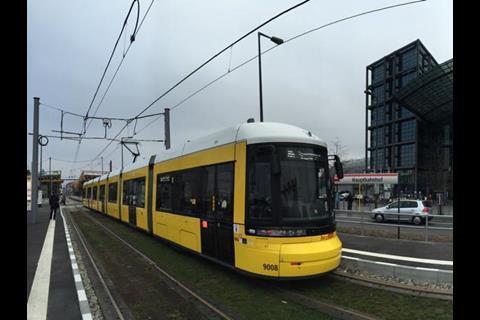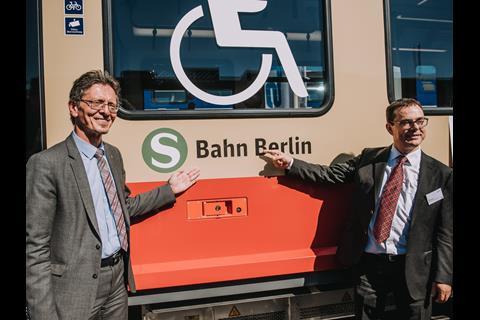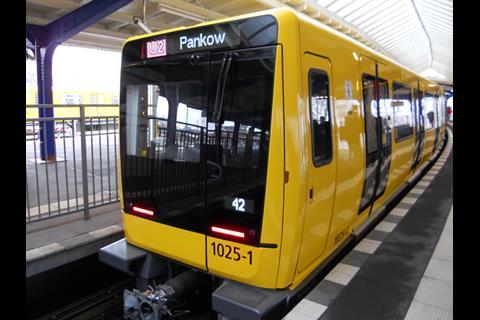GERMANY: The Senate of the Land of Berlin on February 26 issued a 2019-23 transport plan, with accessibility and emissions reduction key components.
As well as the bus, tram, U-Bahn and ferry networks operated by municipal company BVG, the plan also addresses multimodal transport investment and integration with the regional rail and S-Bahn networks. To ensure that long-term planning needs can be assessed ‘for the preparation of new rail infrastructure’, the plan also makes a series of recommendations looking ahead to 2035.
The plan has been developed in line with the recently adopted Berlin Mobility Act, which sets targets for sustainable transport adoption and is intended to ensure that economic development of the city region occurs in an environmentally conscious manner. This includes elimination of fossil fuels from the city’s transport energy mix by the end of 2030.
Key measures include the requirement to specify more space for bicycle accommodation when procuring rail vehicles; adoption of 10 min headway bus, metro and tram routes as a minimum standard; linking property development consent to expansion of public transport provision; and development of a ‘comprehensive offering’ to serve the Berlin-Brandenburg airport when it opens. ‘Flexible’ transport options are also to be trialled in areas or times where demand is lower.
In line with existing legislation, the Land is required to introduce a fully accessible network by the end of 2022, but the plan recognises that this is unlikely to be achieved in the timeframe of the document. Nevertheless, significant investment is outlined, especially for modifications to bus stops.
- In line with the planning horizon of the transport plan, the Senate announced on February 26 its intention to directly award BVG an operating contract for the city transport network in 2020 when its existing agreement concludes. The new contract would run until 2035.






